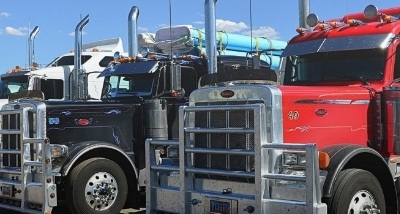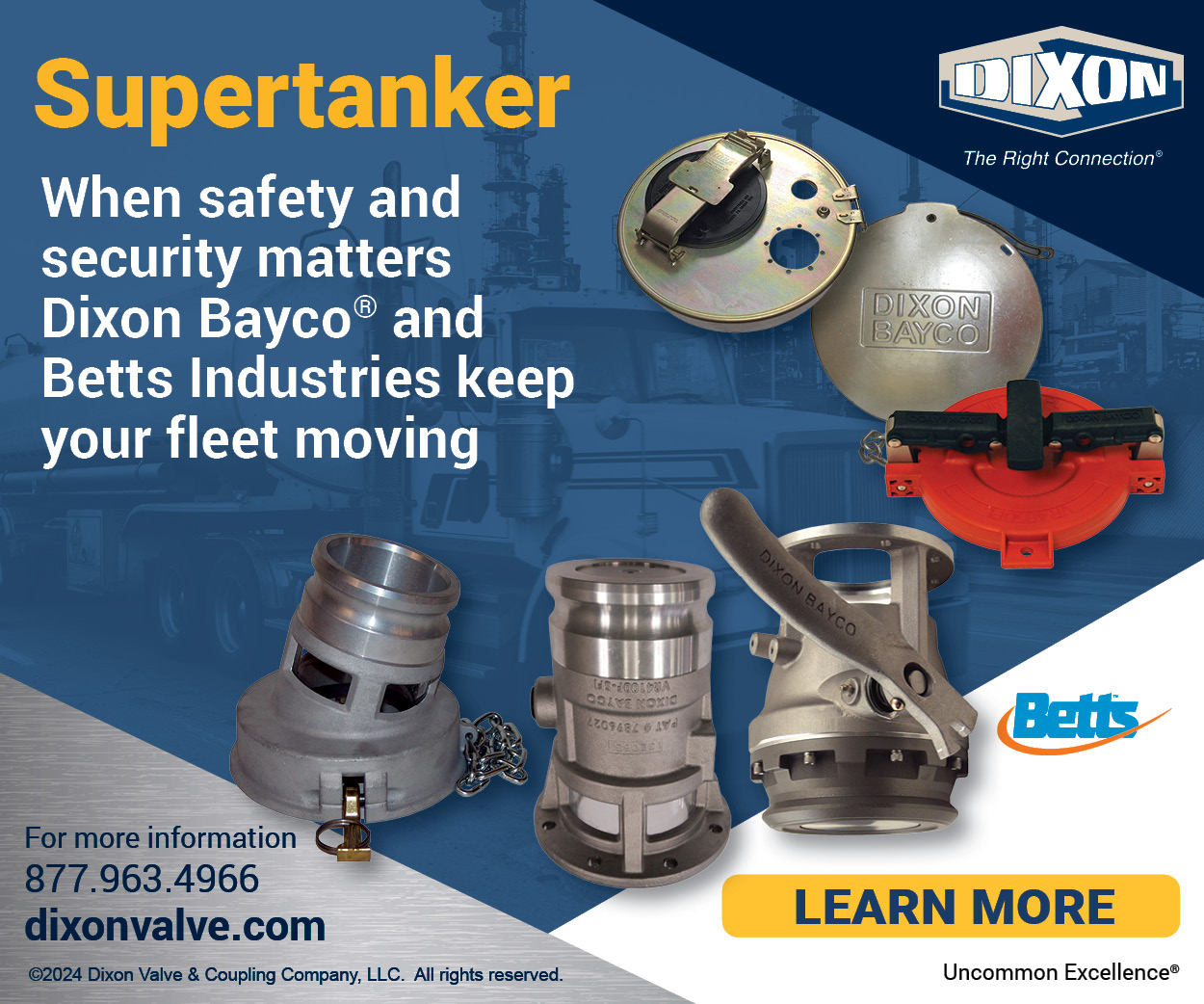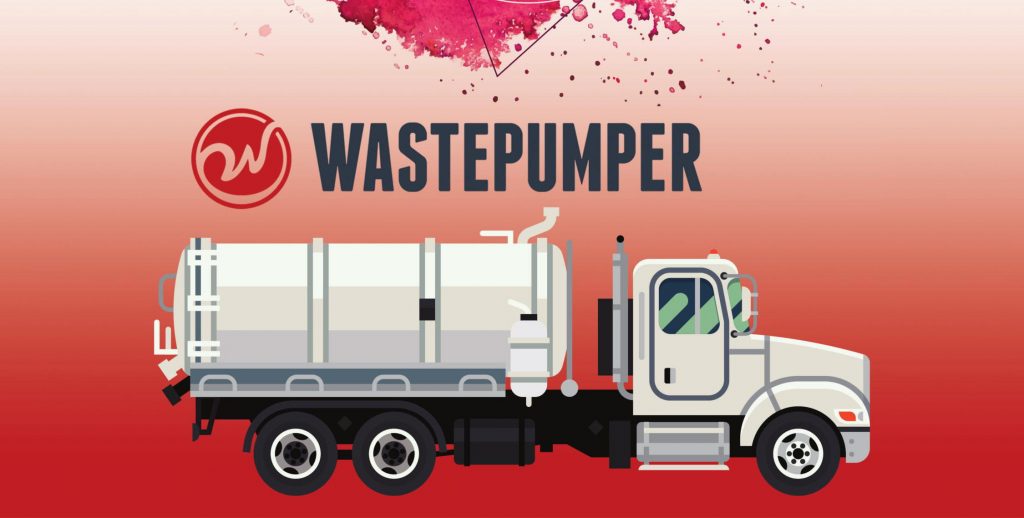Hard costs, such as fuel, parts and labor are straightforward. Soft costs, which often are also hidden costs, can be more difficult for fleets to put their finger on.
But, just because soft costs are tricky doesn’t mean they can’t be managed. Six strategies can help fleets identify and control soft and hidden costs they may not even know about today.
What Are Soft and Hidden Costs?

Steven Saltzgiver, director of business development for Mercury Associates, said soft costs are primarily “indirect costs” that are difficult to quantify in dollar values.
“An example of soft costs would be vehicle and employee downtime associated with an out-of-service asset,” he said.
Additionally, according to Ed Petersen, chief executive for Wrench, soft costs are generally categorized as expenses incurred that create lost revenue opportunities.
Enjoying our insights?
Subscribe to our newsletter to keep up with the latest industry trends and developments.
Stay Informed“This can be driven by vehicle downtime for unscheduled maintenance or routine preventative maintenance and loss of employee productivity managing these processes,” he said. “Soft costs have a direct impact on revenue-generating opportunities for fleets.”
Often, soft costs are also hidden costs. But Petersen distinguished hidden costs as “expenses incurred by a business not directly attributed to a normal business operating process or procedure.”
Saltzgiver also cited other examples of hidden costs, including costs related to excessive vehicle age and equipment abuse by drivers. But sometimes hidden costs are associated with actions fleets don’t do, such as:
- Failure to take advantage of improved technology.
- Not training drivers, technicians, and other staff.
- Failure to monitor technician productivity.
- Failure to hold vendors accountable.
- Not negotiating with outsourced vendors.
Ultimately, the difference between soft and hidden costs is visibility.
“Most soft costs are hidden costs until they get quantified,” said Thomas Burlington, technical sales for Command Alkon. “These costs can include safety, productivity, downtime, and much more. It is essential these costs get identified and controlled in a trucking company.”
While there are many forms of soft and hidden costs for fleets, fortunately, there are practical strategies fleets can take to get them under control.
Reveal Costs Through Documentation
Saltzgiver of Mercury Associates noted the first thing to do is document costs to bring them to light.
“You can’t manage what you can’t see,” he said, recommending the following strategies:
- Develop a comprehensive fleet cost allocation plan to identify, capture and quantify all direct and indirect costs associated with managing your operation.
- Identify and create key performance indicators (i.e., metrics) to measure operational performance.
- Implement an internal cost charge-back system to hold users accountable.
- Routinely review and process-map (i.e., flow charting) standard shop processes to identify waste (i.e., non-value work) and streamline to eliminate unnecessary costs.
- Establish an annual budget that can be used as a measuring device in real-time.
Upon following these steps, a fleet may still have some soft costs, but they’ll no longer be hidden.
Use Telematics
In addition to setting up processes to track costs, telematics can also help reveal soft and hidden costs.
One area telematics can offer visibility is fleet utilization, helping fleets reduce the costs associated with underused or idle vehicles.
“Many truck fleets have utilized telematics devices to lower the costs related to asset capital and operating costs,” Saltzgiver said. “By proactively identifying inactive vehicles and critical operational system components operations, it’s not unreasonable to reduce fleet size by 10 percent and fuel costs by 5 percent to 10 percent.”
Telematics can also be used to monitor other critical cost centers, like fuel (identifying excessive idling) and routing (wasted fuel due to additional route miles).
Petersen of Wrench said telematics could make a difference with repairs, too.
“Remote diagnostic solutions via telematics and conversational AI Engines allow for better visibility into issues with fleets and allow instant pricing for common repairs,” he said. “This creates transparency for fleet managers, which drives efficiency throughout their fleet.”
Track Driver Metrics
In addition to driver behavior, tracking driver productivity can also reveal hidden costs. Establishing a benchmark for driver productivity can show spikes or lags, Burlington said.
For instance, for construction haulers driving dump trucks, Burlington recommends establishing a dollar per hour that the driver is generating for the company, either for tonnage or per load hauls.
“The driver’s loop times can be assessed in real-time and compared with other drivers on the same job,” he said. “Alerting the driver when they are in excess loading or unloading times will also increase their productivity.”
Reduce Downtime with Mobile Maintenance
Maintenance is one area that can come with a host of hidden costs. For instance, fleets may not recognize the costs associated with the time employees spend traveling to a shop to drop off or pick up a truck. Likewise, when trucks are left at a shop, fleets lose visibility that can result in unnecessary costs.
“Lack of continuity in pricing and procedures from service providers are costs that can be impactful,” Peterson said. “In other words, often fleets drop the vehicle off at a shop and then wait for the shop to call back with the problem and the cost. There is no visibility into the process beyond this communication.”
A mobile maintenance program is one way to reduce the soft and hidden costs associated with preventive maintenance. Mobile maintenance programs allow fleets to schedule maintenance on days and times when vehicles are idle, including nights and weekends. This solution is especially helpful for fleets with tight delivery windows and hours-of-service (HOS) regulations.
Fine Tune Truck Replacement Cycles
Many fleets are already familiar with the hard costs associated with getting replacement cycles right: Items like higher parts, labor and fuel costs for the trucks owners hang on to and acquisition costs for new models. But, there are soft costs, too.
For instance, newer models may come with features that make it easier for drivers to do their jobs, meaning fleets miss out on productivity gains by holding on to older models.
Bringing on new units can also have an impact on driver satisfaction. With driver turnover being an ongoing challenge, operating better trucks can improve satisfaction and ultimately reduce the soft costs associated with losing drivers and hiring new ones.
As fleets perform the balancing act of determining the proper replacement cycle, factoring in soft costs can help fine-tune the timing. To minimize the total cost of ownership, Saltzgiver recommended that fleet managers conduct regular analyses of direct and indirect costs to determine optimal lifecycles for key asset classes.
Rein in Insurance Costs
Although insurance is often considered a hard cost, rising premiums can become a hidden cost of its own. How do owners mitigate premium increases? They should look at their operation the way an underwriter would. Does the fleet look like it poses an acceptable risk to the insurer? Or are there red flags? Factors that can positively influence insurance premiums include:
- Low driver turnover.
- Minimal loss activity.
- Use of telematics.
- Excellent CSA scores.
- Documented safety policies.
- Proof safety policies are followed (e.g., documented training, cell phone blocking apps, driver scorecards, etc.).
Doing your part to demonstrate your fleet poses a lower risk can help keep insurance costs in check.
(from HDT)



















